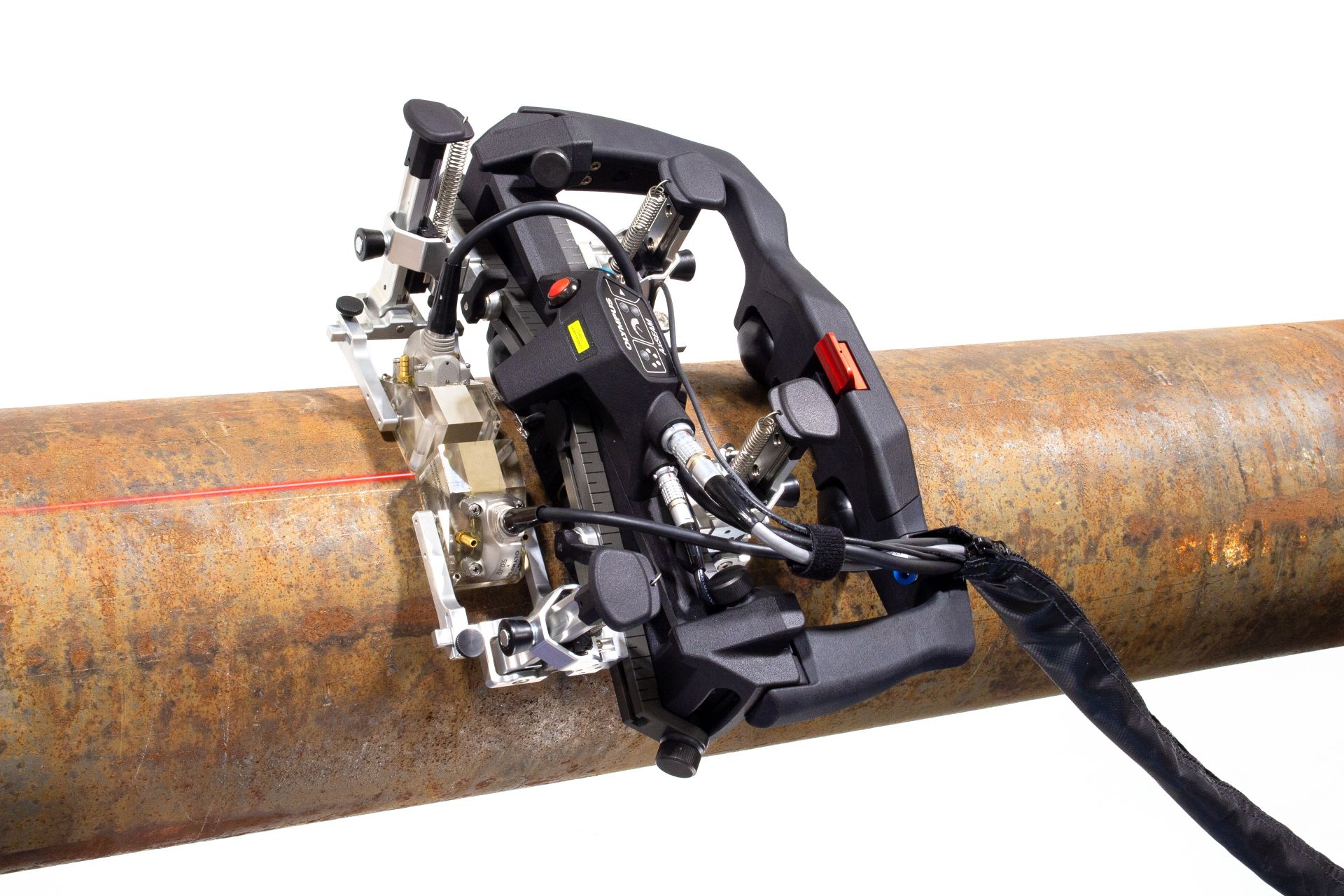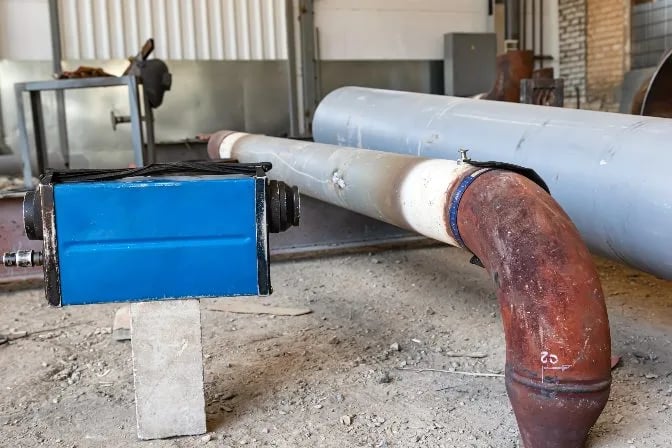Comprehensive Overview of Pipeline Welding Examination Procedures
Pipeline welding inspection treatments play an important duty in guaranteeing that welded connections satisfy rigorous sector standards and requirements. From careful pre-welding inspections to detailed post-weld analyses, a well-defined examination procedure is important for keeping the structural sturdiness of pipelines.
Pre-welding Assessment Preparations
Before starting the welding procedure, comprehensive pre-welding evaluation preparations are essential to make certain the integrity and top quality of the weld joint. These prep work include a thorough examination of the products to be welded, the welding devices, and the workplace. The materials must be inspected for any type of problems, pollutants, or variances that could endanger the weld. This consists of checking for proper material grades, measurements, and surface area conditions. Pipeline Welding Inspection. In addition, the welding devices requires to be evaluated to validate that it remains in good functioning condition, adjusted appropriately, and ideal for the particular welding process. Any concerns with the devices should be dealt with quickly to stop defects in the weld. Lastly, the workplace must be evaluated for sanitation, correct air flow, and security actions to guarantee a helpful setup for the welding operation. By performing thorough pre-welding examination prep work, prospective issues can be determined and solved beforehand, bring about top quality and reputable weld joints.
Welding Treatment Certification
Detailed pre-welding evaluation preparations lay the structure for the crucial procedure of Welding Procedure Credentials, making certain the honesty and top quality of the weld joint. Welding Treatment Credentials (WPQ) is an important step in the welding process that entails screening and certifying welding treatments to ensure they fulfill specific requirements and needs. The WPQ procedure usually consists of welding procedure requirements growth, welding treatment certification testing, and documentation of the outcomes.
Throughout welding procedure spec development, vital information such as the welding procedure, welding products, joint design, and welding criteria are specified to produce a comprehensive treatment. Ultimately, welding treatment credentials screening is performed to confirm the recommended procedure's honesty. This testing typically includes welding test discount coupons that undergo different mechanical and non-destructive tests to assess the weld's high quality and adherence to the defined requirements.
In-process Weld Assessment
Throughout the welding procedure, in-process weld assessment plays a vital role in making certain the high quality and integrity of the weld joint - Pipeline Welding Inspection. This kind of inspection entails monitoring the welding criteria, analyzing the weld grain formation, and identifying any type of prospective issues or suspensions as they occur. By conducting in-process weld assessments, welding drivers can promptly address any type of concerns that may emerge, therefore guaranteeing and protecting against more flaws that the last weld satisfies the required specs
Usual techniques utilized for in-process weld inspection consist of aesthetic inspection, liquid penetrant testing, magnetic fragment screening, ultrasonic testing, and radiographic screening. Overall, in-process weld assessment is necessary for maintaining the quality and reliability of welded pipelines.
Non-destructive Testing (NDT)
Non-destructive Testing (NDT) is a crucial approach used in pipe welding assessment to examine the honesty of weld joints without creating damage to the bonded framework. By utilizing various NDT methods, assessors can assess the top quality of welds and recognize any kind of flaws or stoppages that might jeopardize the structural soundness of the pipeline. Usual NDT methods made use of in pipeline welding evaluation include Radiographic Testing (RT), Ultrasonic Screening (UT), Magnetic Bit Evaluating (MPT), Liquid Penetrant click for info Screening (LPT), and Visual Screening (VT)
RT involves making use of X-rays or gamma rays to produce photos of the internal structure of the helpful hints weld, enabling assessors to find flaws such as porosity, cracks, or insufficient combination. UT makes use of high-frequency acoustic waves to spot problems below the surface of the weld, offering comprehensive information regarding the dimension and area of defects. MPT and LPT are utilized to identify surface-breaking flaws by using penetrant liquids or magnetic fragments to the weld location. Additionally, VT involves aesthetic assessment of welds to recognize any visible blemishes.
Post-weld Inspection and Paperwork

Documents of post-weld inspection searchings for is important for keeping high quality control records and guaranteeing compliance with sector criteria and laws. Detailed reports need to include information regarding the inspection approaches made use of, the place and nature of any flaws found, and any kind of corrective actions taken - Pipeline Welding Inspection. Correct paperwork not only acts as a record of the weld's high quality yet also help in future maintenance and inspection procedures
Verdict

In final thought, pipe welding examination procedures play a vital role in guaranteeing the top quality and stability of welds. Generally, adherence to correct evaluation methods is key to the success of pipeline welding tasks.
From careful pre-welding assessments to thorough post-weld analyses, a well-defined inspection procedure is essential for maintaining the structural soundness of pipes. By conducting in-process weld evaluations, welding drivers can without delay address any concerns that may develop, thus stopping additional defects and ensuring that the final weld satisfies the called for specs.
Usual approaches used for in-process weld assessment consist of aesthetic assessment, fluid penetrant screening, magnetic particle testing, ultrasonic screening, and radiographic screening.Non-destructive Screening (NDT) is a crucial technique employed in pipe welding examination to examine the stability of weld joints without triggering damage to the bonded structure. Post-weld inspection involves different techniques to analyze the welds for issues, consisting of aesthetic assessment, dye penetrant screening, magnetic fragment screening, ultrasonic screening, and radiographic screening.
Comments on “Professional Pipeline Welding Inspection Solutions: Ensuring Security and Compliance”